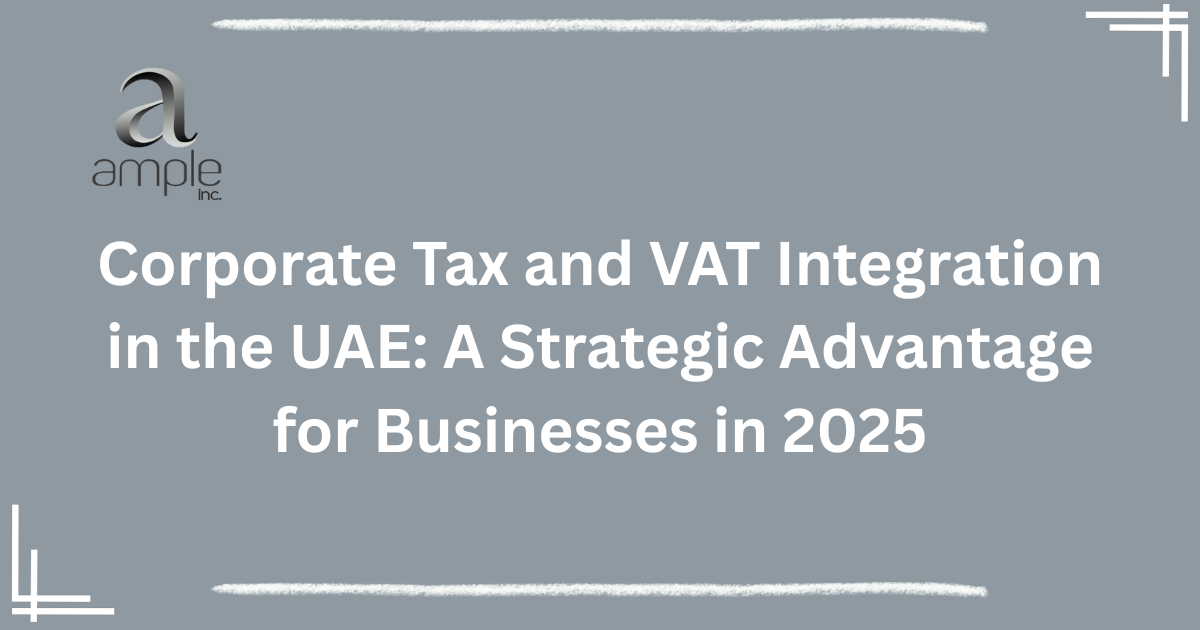One of the major challenges to the international financial system is money laundering, as it facilitates terrorism, corruption, and even drug trafficking. Prevention of Money Laundering (AML) as well as the uncontested control are key to the safeguarding of financial institutions and caution over the economic stability. The following describes the essential elements of AML compliance, its significance, challenges, and how it may be effectively implemented.

Understanding AML Compliance: A Shield Against Financial Crimes
What Is Compliance Set Forth By The AML? Protecting Financial System
AML compliance is a major activity that encompasses procedures and rules, business and financial institutions should have in place to prevent money laundering and its detection, as well as submitting reports on it. Compliance with the AML requirements by corporations is yet another weapon in the fight against financial crime for legitimate activities.
What Are The Risks If The Heart Of The Global Financial System Lacks Compliance?
Recent changes to AML compliance allow the auditable tracking of responsibility in financial transactions to exist in the first place, as well as increasing trust by the stakeholders. It decreases the chances that financial crimes will penetrate legitimate business markets and guard the economies against destabilization or loss of reputation.
AML Role In Counter Funding Of Terrorism
Terrorist group activities often call for major funds to operate, which is always a threat to both national and global security. Through proper AML, funding of the terrorist acts can be efficiently eliminated by dismantling the financial web that allows criminal organizations to exist and carry out such activities.
Most Important Frameworks and Regulations Related to AML Globally
AML systems globally are developed in accordance with recommendations such as Financial Action Task Force (FATF) Recommendations. These international frameworks are supplemented by localized regulations like the EU AML Directives and the U.S. Bank Secrecy Act which set standards at a regional level.
The Foundation of Good AML Compliance Programs
Risk Based Approach: Focusing on Weak Points
Employing a risk-based approach enables organizations to maximize the effectiveness of their resources by concentrating on critical risk areas. This approach works to prevent and minimize damages that might stem from the risks, instead of solely damaging mitigation processes.
Know Your Customer (KYC): Getting To Know the Client
The process of Customer Due Diligence is the act of recognizing and validating a person’s identity, as well as determining the risks associated with their transactions. High risk customers are subjected to further Investigation in order to facilitate compliance with compliance regulations.
Suspicious Transaction Report (STR): A Prime Duty
Suspicious transactions involving customers of financial institutions must be reported to appropriate authorities. These STRs are vital for the prevention and detection of proceedings related to money laundering.
Workforce Training: Fostering Compliance Driven Mentality
AML training provided on a regular basis educates and enables an individual to exercise their vigilance and watch out for potential challenges and threats. Most accountants, bookkeepers, HR trainers and corporate tax service providers are AML-aware so that their activities do not contravene the business’s operations.
Issues In Achieving Comprehensive AML Compliance
Complicated Legal Environment: Reconciling Competing Notions
The financial sector exists within several legal geographies which each contain their own AML related legislation. Competing compliance efforts come in conflict with jurisdictional law and remain a continuous problem.
Emerging Technologies: Reluctance to Embrace Newness
The development of online banking and virtual currencies further complicates the already existing challenges. The services surrounding these new technologies must evolve with them and ensure the risks tied to them are contained.
Pillars of Compliance: The Infraction Dilemma
Funding in a competent AML regime can prove to be expensive, more so for small to medium businesses. It is important to contain the expenses arising from compliance measures while adhering to operational objectives.
Adapting To New Money Laundering Activities
Drastic alterations to how money laundering is conducted will always be developed by criminals to evade new AML measures. Preemptive forecasting and innovation will be required for such phenomena.
Adopting New Technology For AML Compliance
Artificial Intelligence: The New Face Of AML Management
AI techniques promise to accelerate already existing AML attempts by identifying large volumes of datasets and establishing suspicious patterns. Algorithms powered by Machine Learning ensure that the detection capabilities of systems are always on the rise and false positives are kept to a minimum.
Blockchain Technology: The Transparency Enhancer
In a manner that aids in tracing and deterring fraud, blockchain technology has the ability to maintain an immutable record of every transaction, thanks to its decentralized characteristic. This helps strengthen the compliance processes within AML.
Regulatory Technology: The Ease Of Compliance
The use of RegTech capabilities enables the automation of compliance activities such as data handling and compiling reports. These tools are time and resource efficient aiding the rapid progression of AML.
Big Data Analytics: Unlocking Insights
Financial institutions integrate an analytical approach to discern anomalies and predict the potential risks unique to their organization. Data-driven insights profoundly help the organization improve their decision-making and compliance policies.
The Role of Leadership in AML Compliance
Setting the Tone at the Top
A culture of accountability needs to be cultivated by the Senior management of the organization as they are responsible for putting to the forefront the importance of AML compliance. This commitment from the management will ensure that the adequate resources and support are available for proper implementation.
Cross-Functional Collaboration: Breaking Silos
Departments such as accounting, human resource and amh corporate tax will need to work together in ensuring compliance to their AML obligations. With the adoption of this silo-free approach, the efficiency of the organization will improve while enhancing compliance with any existing gaps.
Continuous Monitoring and Improvement
Regular checks and evaluations are done for audits in order to spot any improvements to be done to ensure that the AML programs in place are active and relevant to the changes in the regular framework.
Case Studies: Lessons from AML Failures and Successes
High-Profile AML Failures: What Went Wrong?
The lack of compliance to the applicable AML regulations has resulted in some firms suffering substantial fines. The need for internal controls together with effective risk management in place is evident.
Success Stories: Organizations Leading the Way
Exemplary AML compliance has been achieved by organizations that place focus on technology and training. Their success highlights the significance of taking bold steps in adopting a more integrated approach.
Future Trends in AML Compliance
The Emergence of Identity Verification
More efficient customer onboarding is made possible through digital identity verification technologies. Such tools encourage user experience and lessen fraud risks.
Strengthening AML Networks by Improving Global Collaboration
Aided by international regulators, information sharing systematically improves efforts in compliance. Common standards aid in bolstering security in international finance.
Combating Environmental Crimes Together with AMLs Policies
Money laundering has new associated trends including illegal logging and wildlife trafficking, and so do new measures for tackling sustainability challenges. These activities increasingly receive attention from anti money laundering policies.
Mitigating Possible Risks
Regulatory focus has shifted towards addressing the risks posed by increased engagement with cryptocurrencies. Enhanced AML frameworks are utilized to mitigate cashing out vulnerabilities using digital assets.
Conclusion:
It is a collaborative effort that requires innovation and attention to detail on all funds trying to be laundered that are not sanctioned. Stronger enforcement units and technology implementations by financial entities will go a long way towards safeguarding the intricate web that is the global economy. It is possible to build an economy that can grow and sustain itself by working towards greater transparency and security.



